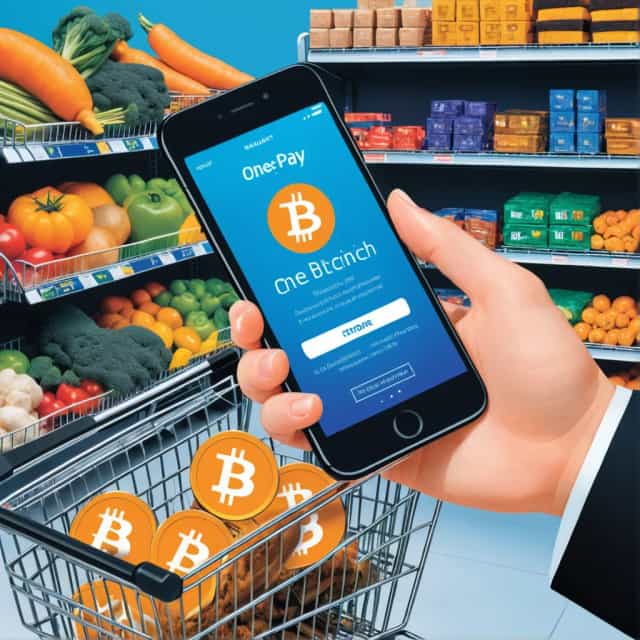
출처: Block Media
Traditional Payment Firms Lead WalletConnect’s Growth Amid Shifts in Stablecoin Perception
The Rising Influence of Traditional Payment Companies in Digital Asset Adoption
Jess Houlgrave, CEO of WalletConnect (WCT), revealed during the "Stable Minded" podcast on September 26th that traditional payment companies have emerged as the central growth drivers for WalletConnect, surpassing the influence of decentralized finance (DeFi) protocols and non-fungible token (NFT) marketplaces.
“Web2 companies are no longer limiting their adoption of digital assets to isolated NFT promotional campaigns,” Houlgrave noted. “Instead, they are transitioning their entire payment frameworks to integrate digital assets at the core.” This marks a significant pivot in the utility of digital assets, propelled largely by the growing dominance of stablecoins.
Stablecoins Transform from Niche Digital Assets to Integral Components of Money
Houlgrave’s insights on stablecoins' evolution stem from her long-standing interest in monetary systems, influenced by her academic background. Having studied the history of money before entering investment banking, Houlgrave saw Bitcoin’s transformative potential as early as 2015. Her experience as a leader at Checkout.com, where she launched the first USD Coin (USDC) settlement for merchants, further positioned her as a pioneer in understanding the practical applications of stablecoins.
Initially, stablecoins served as tools for traders transitioning between fiat and crypto assets, often used for tax optimization in the nascent stages of digital currency. However, Houlgrave believes the perception of stablecoins has matured. “We used to see stablecoins as just another subclass of digital assets,” she explained. “Now, they’ve evolved into a subset of ‘money,’ increasingly integral to payment systems and professional asset management within a more stable regulatory framework.”
This evolution highlights stablecoins' broader role as enablers within traditional financial markets, driving adoption beyond niche crypto communities.
From a Developer-Driven Tool to a Standard for Traditional Payments
WalletConnect’s initial success arose organically through word-of-mouth among developers, growing without formal marketing or dedicated sales initiatives. Today, WalletConnect connects over 700 wallets and supports more than 70,000 applications through a standardized, seamless integration process.
However, Houlgrave emphasized how the platform's growth momentum has shifted. Whereas WalletConnect once relied on the expanding DeFi and NFT ecosystems for adoption, traditional payment companies now serve as its primary driver. “Web2 firms are restructuring their payment systems around digital assets,” Houlgrave explained, “moving away from NFT-related campaigns and towards fundamental changes in how transactions are processed.”
She underscored that enabling compatibility across all digital wallets—not just specialized options like MetaMask—has become essential for companies. WalletConnect's standardized infrastructure addresses this critical need, allowing organizations to support an increasingly diverse range of wallets and payment methods.
A Future Beyond Payments: Wallets as “Universal Identity Containers”
Looking ahead, Houlgrave envisions a transformative future for wallets, far beyond their current role as repositories for financial assets and digital collectibles. WalletConnect, she noted, aspires to redefine how digital payments and identity coexist in financial systems.
“Through the development of the 'WalletPay' standard, we aim to create a frictionless payment process where users can complete transactions with a single click, regardless of their wallet’s platform,” Houlgrave stated. WalletConnect is setting its sights on becoming the foundational infrastructure uniting applications, wallets, payments, and personal data into one cohesive ecosystem.
Houlgrave anticipates that the wallets of tomorrow will evolve into “universal containers” that manage not only financial assets but also serve as a secure repository for personal information and credentials. She outlined a vision where wallets could store medical records, property deeds, educational degrees, car ownership details, and even warranties for consumer electronics.
Moreover, these wallets could catalyze new opportunities for financial and social mobility. “By centralizing credentials and information—whether it’s an on-chain credit history or proof of certifications—wallets could unlock innovative financial services and social verifications,” Houlgrave suggested.
Ultimately, these wallets would encapsulate identity at an unprecedented level, enabling users to seamlessly integrate their personal and financial lives. “We’re imagining a world where wallets become instruments of identity,” she concluded. “This integration could redefine how people access services, proving their qualifications and creditworthiness while enhancing mobility across global financial and social spaces.”










